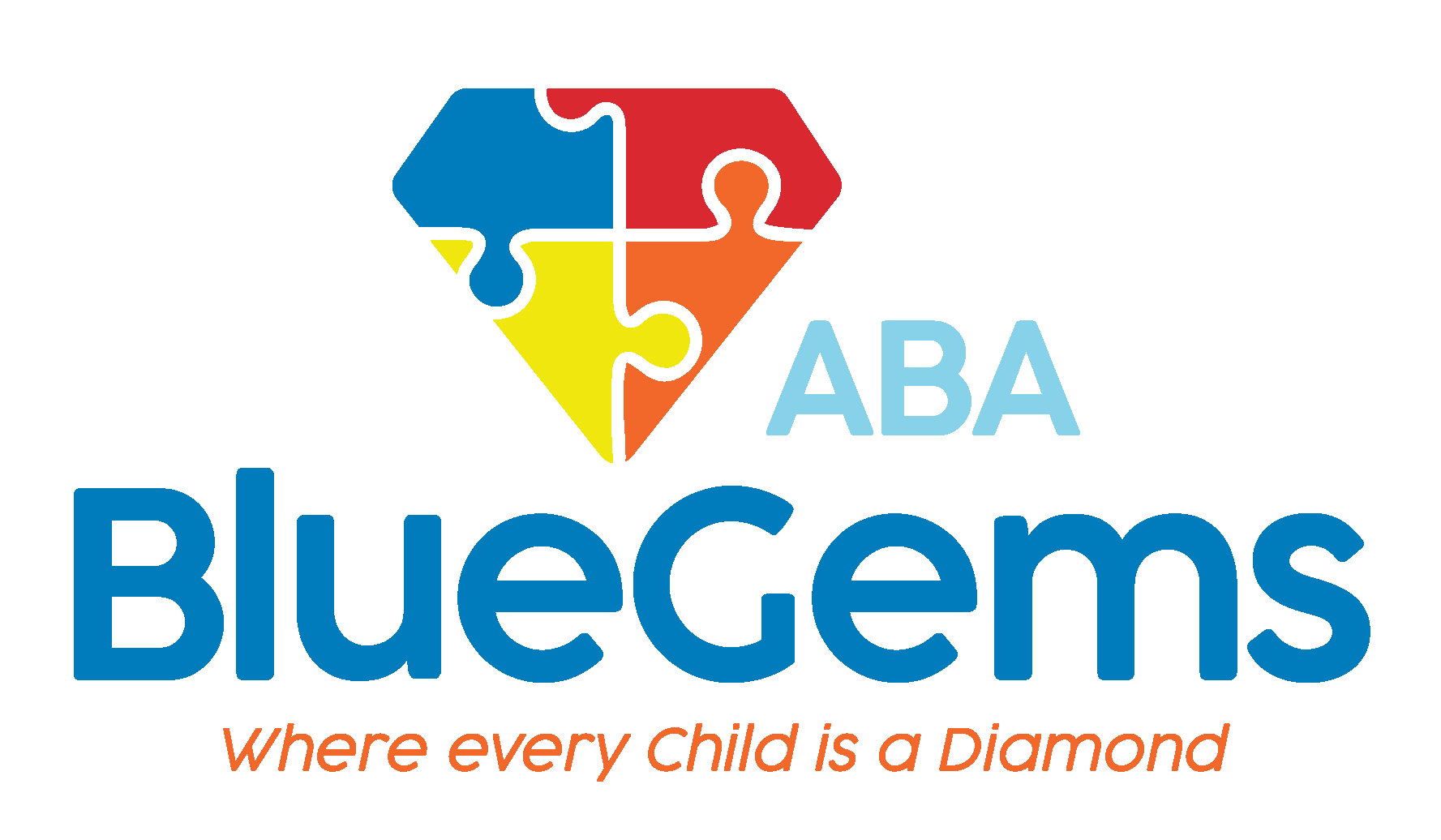Autism and Tantrums
Almost all parents have experienced a time when their child threw a temper tantrum. Maybe it was because they didn’t get what they wanted, or they were hungry, tired or bored.
Whatever the cause parents know that tantrums just come with the territory of raising children. While the frequency and severity of these tantrums can vary greatly among different children, they are relatively normal parts of growing up.
For children with autism spectrum disorder (ASD), tantrums can be a more consistent part of life — sometimes being more prolonged and intense, and happening later in life — compared to neurotypical children.
As a parent of a child with autism, it’s important to know that temper tantrums are common. Discovering what the underlying triggers might be, as well as strategies to help children cope, are essential in supporting your child in the best way possible.
Below, we’ll discuss the link between autism and tantrums as well as some of the ways in which it is treated through applied behavioral analysis, or ABA therapy.
Table Of Contents
What’s the Link Between Autism and Tantrums?
Autism is a neurodevelopmental disorder that can cause difficulties with communication and social interactions. It is also, among other things, characterized by restrictive interests, repetitive behaviors and the inability to control emotions at times.
Many children on the autism spectrum experience sensory overload in different situations. Some may have problems with loud sounds, bright lights or strong odors, for instance. Others may have trouble adjusting to new environments or being in big crowds.
All of this can lead to children with autism becoming overwhelmed easily, when compared to their neurotypical peers. Sometimes, these emotions can come out in the form of tantrums.
Since they can’t fully understand and regulate their emotions, they might have trouble managing and coping with them, and communicating their needs to others. As a result, their emotions might explode to the surface as a tantrum, even in situations where such a response doesn’t seem warranted.
What are Some of the Common Tantrum Triggers for Children with Autism?
As autism affects each individual child in unique ways, there are a number of different reasons why tantrums may occur more frequently and severely. That being said, there are some common triggers to be aware of.
These include …
- Communication challenges: Since many children with autism struggle to communicate, they might become frustrated at their inability to express what they want or need. Tantrums, then, serve as their way to get their emotions out or receive attention. Learn more on how children with autism can learn communication skills.
- Routine changes: Children on the autism spectrum thrive on predictable, consistent routines. Sometimes, even the smallest changes to these routines can cause them to feel extremely overwhelmed and distressed. Their response to that might be a tantrum.
- Sensory stimuli: As mentioned, some children on the autism spectrum have specific sensitivities to certain stimuli. Loud noises, for example, might cause them to feel stressed, which could then trigger their tantrum.
How Can ABA Therapy Help with Tantrums?
Tantrums are essentially a symptom of a child’s autism. In other words, their response to being unable to effectively communicate how they feel or what they want or need is to throw a tantrum.
And since tantrums can be considered an autism symptom, they can be treated in similar ways to other autism symptoms.
ABA therapy is an evidence- and science-based approach to learning and behavior that uses positive reinforcement and repetition to help children with autism build different skills with which they might struggle.
As behavior modification is a major part of ABA therapy, patients can receive help in understanding their emotions and improving their communication skills so that they respond to different feelings and situations in more appropriate ways. In doing so, ABA therapy helps to modify the child’s behavior, which in turn can help to reduce the instances and severity of tantrums.
ABA therapy takes a very structured approach to this learning and behavior modification. It breaks tasks down into simple steps to make it easier for patients to understand, and focuses on constant repetition to help children hone these skills over time.
A big part of ABA therapy is involving parents, caregivers and other family members into the treatment plan, which helps to emphasize the skills that are taught during sessions in real-life scenarios once sessions end.
This helps children become more successful in everything they do.
Blue Gems ABA Helps Children with Autism Communicate Better
Autism and tantrums seemingly go hand-in-hand. Through focused and personalized ABA therapy, though, children on the autism spectrum can build their communication skills and, in turn, reduce the frequency and severity of their tantrums.
At Blue Gems ABA, our team of experienced therapists work one-on-one with every patient, creating a customized ABA therapy treatment plan that’s based on the specific and unique strengths and challenges of every individual.
To learn more, please contact us today.




